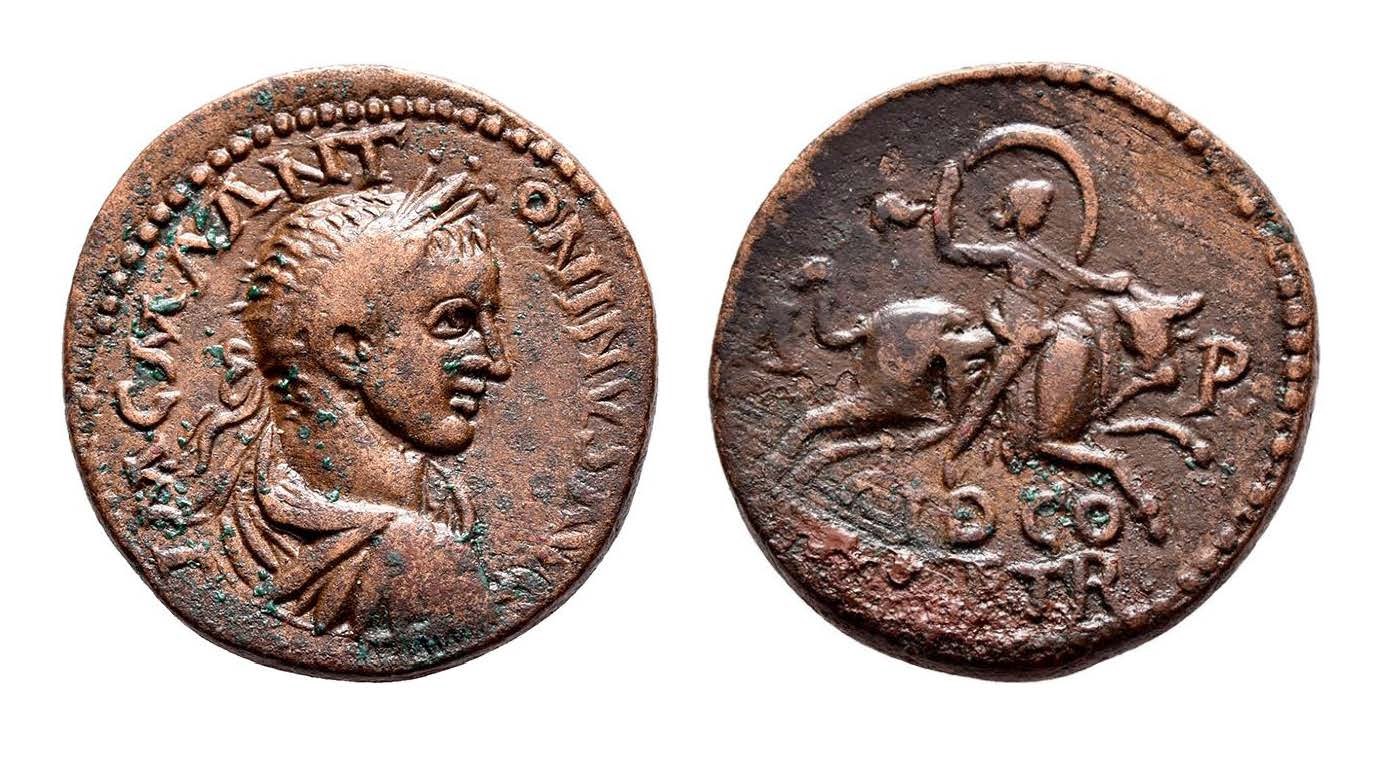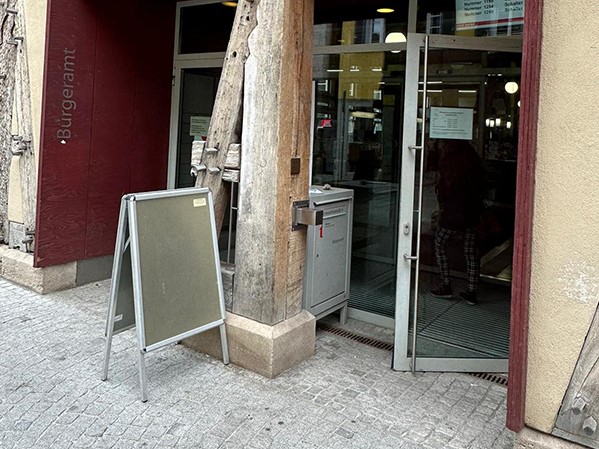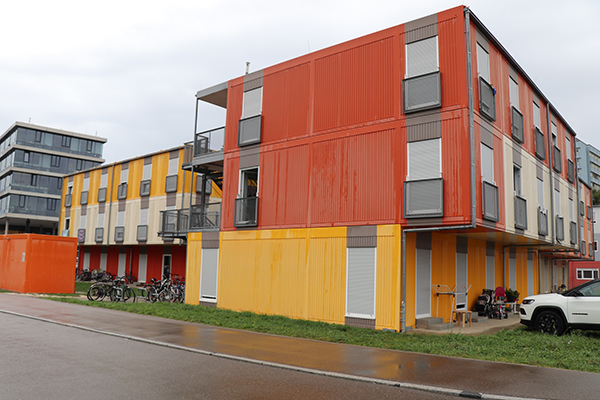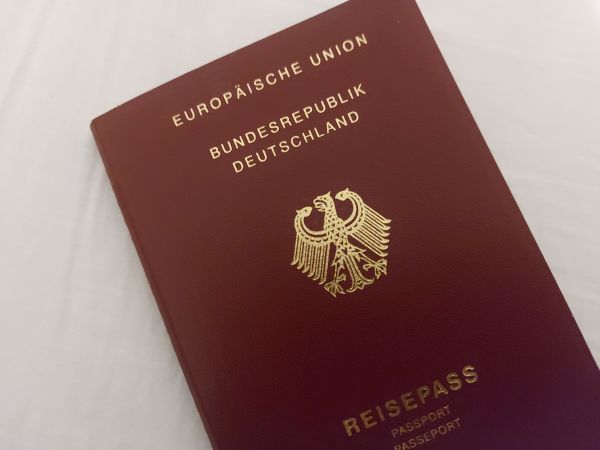By Stefan Krmnicek
On 9 May 1950, the then French Foreign Minister Robert Schuman proposed a merger of German and French coal and steel production in a government declaration. This Paris speech, which later became known as the Schuman Declaration, is regarded as the political initial spark and structural cornerstone for the establishment of the European Coal and Steel Community, from which today’s European Union developed. Since 1986, this event has been commemorated by events and festivities on 9 May as Europe Day of the European Union. To mark this day, in this article, the roots of Europe are to be examined more closely.
The name of Europe goes back to Europa, the daughter of the Phoenician king Agenor, known in Greek mythology, with whom—according to the myth—Zeus, the king of the gods, had fallen in love. To avoid being caught in his courtship by his suspicious wife Hera, Zeus transformed himself into a particularly beautiful bull so that he could safely approach Europa, who was playing on the beach. On his back he abducted Europa and swam with her across the sea to the island of Crete, where he revealed himself to her. According to the ancient myth, the foreign continent was thus named after the beautiful Phoenician princess.
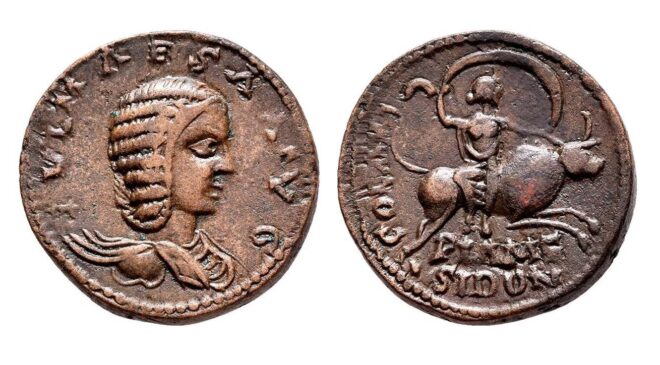
It is not only on our modern 2-euro coins of Greece that the myth is depicted—we already find the motif of Europa sitting on the bull in ancient coinage. Two well-preserved bronze coins from ancient Sidon, Saida in present-day Lebanon, which have been in the collection of the Institute for Classical Archaeology at the University of Tübingen since 1888, illustrate the myth particularly vividly. That the tale appears on coins from Roman Syria should not surprise us—quite the contrary: due to Europe’s mythical origin from the Phoenician royal house, the story lent itself as particularly suitable to be depicted in the local coinage of Sidon.
The two coins were minted by the city of Sidon during the reign of the Roman Emperor Marcus Aurelius Antoninus (218-222 CE)—better known as Elagabalus—whose family came from the Syrian Emesa, today’s Homs, where they held the high priesthood of the locally worshipped sun god for generations. The second coin was made in honour of Julia Maesa, Elagabalus’ grandmother, who was also born in Emesa, Syria. On the obverse of the coins, the emperor and his grandmother are mentioned by name with the inscriptions IM C MA ANTONINVS AVG and IVL MAESA AVG respectively. The emperor is portrayed with a laurel wreath, cuirass and a richly folded cloak, his grandmother with no less elaborately draped robe and an artfully designed hairstyle.
The reverses of the coins show the myth in its most dramatic moment: the king’s daughter sits sideways on the back of Zeus, who, in the guise of a strong bull, dashes off with the beautiful Europa. The depiction of a blown veil above her head is meant to further emphasise this dynamic. With the present coins we see that almost 2000 years ago the knowledge of the mythical origin of Europe’s name must have been widespread, even well known in the ancient Middle East. Hopefully, this article will help to ensure that today, too, more people will know about the mythical roots of Europa.
tun22050901
Münze aus Sidon mit dem Porträt von Elagabal und der Darstellung von Europa auf dem Stier, Tübingen Inv. II 1545/95 (https://www.ikmk.uni-tuebingen.de/object?id=ID10754). Foto: Stefan Krmnicek.

